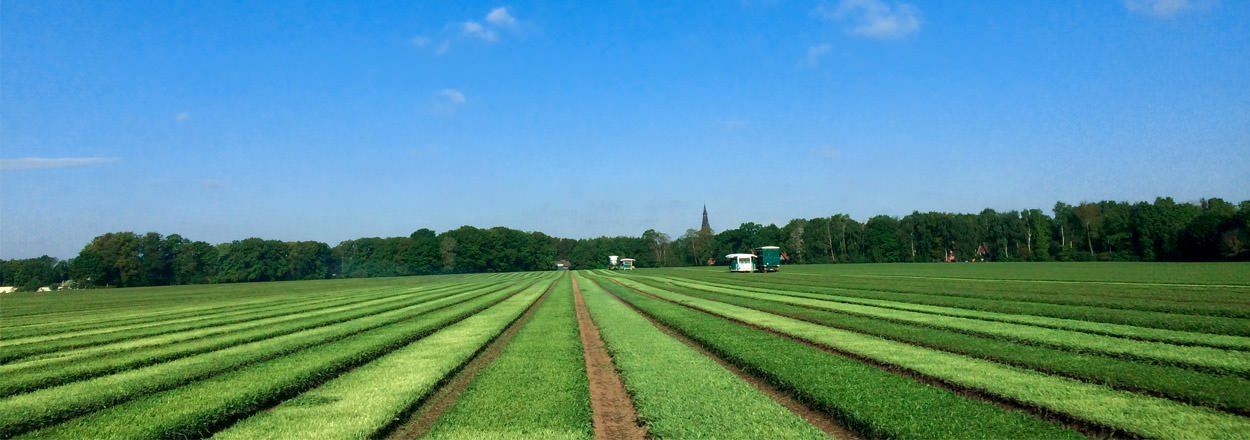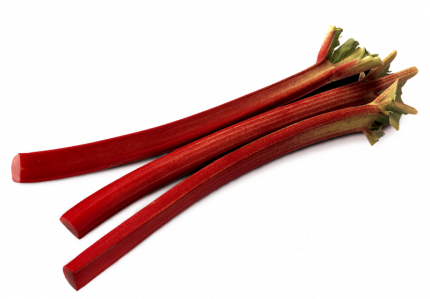Growing
Partial shade is where rhubarb is happiest. The soil should be permeable and moist, but without the risk of waterlogging. Rhubarb also takes a lot of water. Each plant needs at least a square metre of space; a family takes around three to four plants. The seedlings are placed in a hole. The eye (bud) of the plant should be around two to three centimetres above the surface of the ground. The hole is then filled with earth. Planting in the autumn has the benefit that the plant is able to bed in well and grow as many roots as possible. In the first year, the rhubarb should be left to grow. The proper harvest starts in the second year. It is important not to harvest the rhubarb for too long. The harvest season runs from April until 24th June. The plant then needs rest over the summer so that enough strength can travel from the leaves and stalks into the roots, so that the plant can grow strongly again the next year. Rhubarb is fertilised in spring, before the harvest.
Nutrients
Rhubarb stalks primarily contain malic, citric and oxalic acid. The latter, which is responsible for rhubarb's sour taste, is present in high levels in the mature, hand-shaped lobed leaves, which cannot therefore be eaten. Other nutrients in rhubarb include starch, pectin, protein, tannins, fat, calcium, potassium, phosphorus, magnesium, iron, sodium, provitamin A and vitamins B1, B2, B6 and C. The sour rhubarb aids digestion and has a bactericide effect.
Preparation
Rhubarb is always cooked before eating. The rhubarb stalks are being washed, the ends of the stews and leaves are removed and chopped. Rhubarb is suitable for a fine, fresh spring sauce, desserts, and as a topping for cakes and gateaux.
Storage/preservation
Wrapped in a damp cloth, rhubarb can be stored in the fridge for a few days. Raw or as a sauce, it can be stored in the freezer for up to a year.

